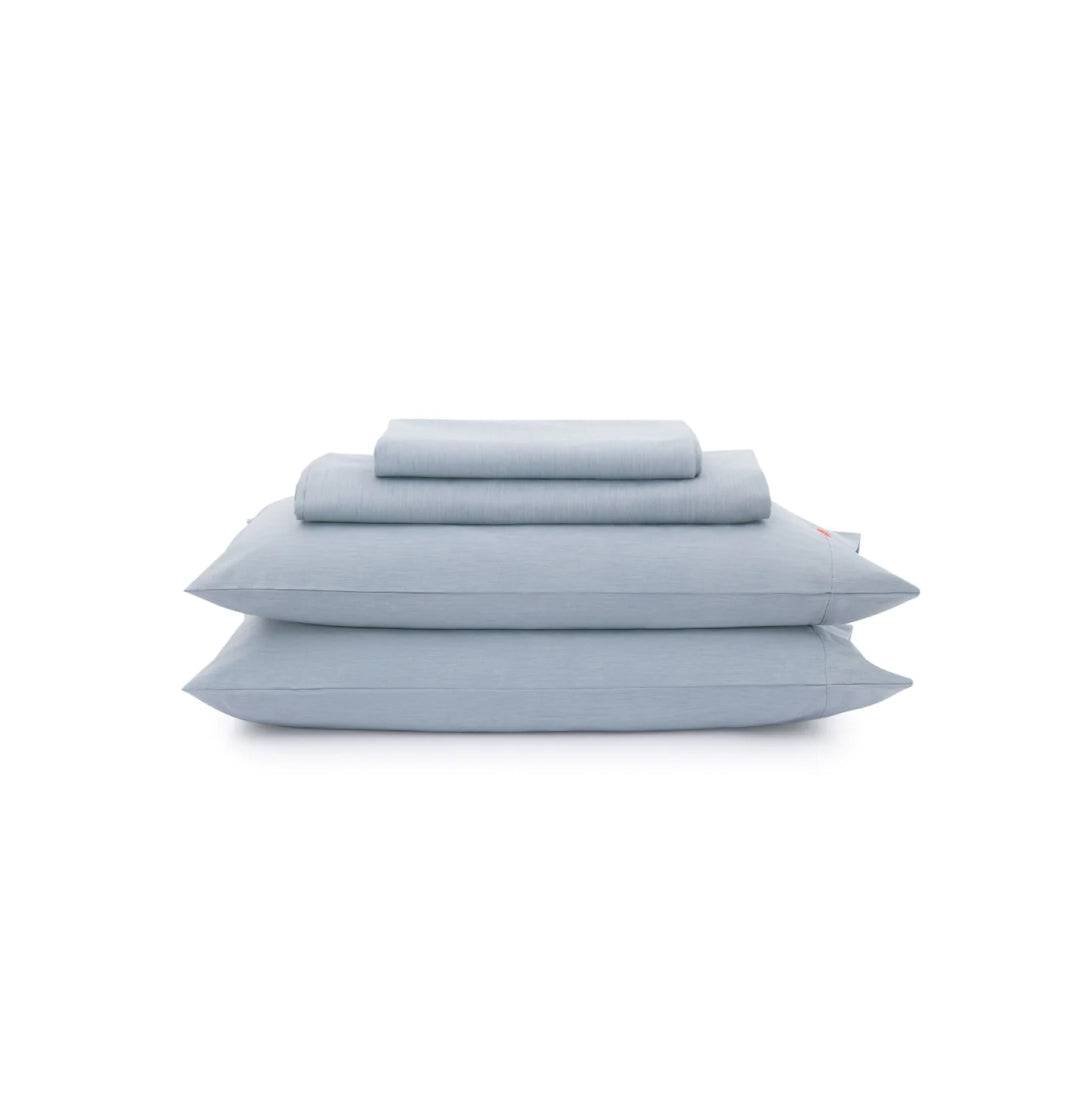PFAS as Endocrine Disruptors in Textiles
Textile is a celebration of human creativity, often expressed through color and radical design. Synthetic chemicals have ushered in many textile innovations, including vibrant colors, stretchy fabrics, and stain or water resistance. These chemicals have been incorporated into our everyday fabrics, lauded for their benefits, while their potentially dangerous side effects go undisclosed and undiscussed.
One such class of chemicals, known as PFAS (Per- and Polyfluoroalkyl Substances), has been under the spotlight recently due to its potential role as an endocrine disruptor.
What exactly is the endocrine system, and why is this a problem?
Check out this excerpt from a recent interview with creator and environmental chemist, Kristine Vike, as she discusses the evolution of PFAS in clothing, and why its ability to disrupt the endocrine system is a concern.
Hidden In Plain Sight:
In the process of making textiles, PFAS are often utilized for their water and stain-resistant properties. This makes them particularly appealing for items like waterproof jackets, stain-resistant carpets, and even children’s clothing and bedding.
PFAS and Endocrine Disruption:
Endocrine disruptors are substances that interfere with the normal functioning of the endocrine system, which oversees a delicate balance of hormones that dictate everything from reproductive health to moods and personality.
PFAS compounds have gained notoriety as potential endocrine disruptors due to their ability to mimic hormones, thereby disrupting the balance of the endocrine system. This disruption can lead to a range of health issues, including reproductive problems, developmental delays, and even an increased risk of certain cancers.
The Journey from Textile to Body:
PFAS are not limited to textiles; they are also found in cookware, and, at this point, most drinking water in America. Yet the concerning aspect of PFAS in textiles is that they easily migrate from the fabric to the wearer. Your skin is your body's largest organ, and, as we have discussed, it can absorb chemicals present in textiles. This means that the PFAS used to create stain-resistant clothing could be absorbed by your skin and eventually find its way into your bloodstream.
Environmental Impact:
The story of PFAS doesn't end with its effects on human health. These chemicals are incredibly persistent in the environment, earning them the nickname "forever chemicals." When textiles containing PFAS are washed, the chemicals can leach into wastewater and find their way into rivers, lakes, and ultimately, the food chain. This has far-reaching consequences for ecosystems and wildlife, creating a cycle of contamination that's difficult to break.
Navigating Toward Safer Textiles:
As awareness of the potential risks associated with PFAS grows, there's a call for more sustainable and safer alternatives in the textile industry. Eco-friendly and biodegradable fabric treatments that do not use harmful chemicals are a great start, but we believe that an even greater step is possible: why wait to learn that chemicals are harmful to our health or the environment when kinder, safer alternatives are readily available in plant dye?
The Road Ahead:
While PFAS have undoubtedly played a role in enhancing the functionality of textiles, the potential risks they pose to both human health and the environment cannot be ignored. In the tapestry of textile production, it's crucial to weave together the threads of innovation, sustainability, and health. By sharing information and empowering our choices as consumers, we can help to create a shift in the way textiles are made — a return, if you will, to the wisdom of our ancestors — in a way that benefits us all.







 Bedding
Bedding
 Clothing & Accessories
Clothing & Accessories
 Artisan Line
Artisan Line



Leave a comment
All comments are moderated before being published.
This site is protected by hCaptcha and the hCaptcha Privacy Policy and Terms of Service apply.